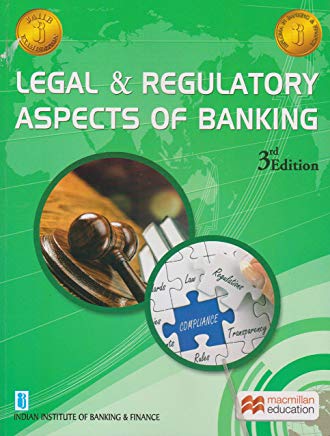JAIIB PPB Unit 2 - Banking Regulation (Year: 2019)
1. RBI was constituted under the RBI Act 1934.
2. RBI started functioning with effect from 1 Apr 1935.
3. RBI is a state owned institution under the RBI (Transfer of Public Ownership) Act 1948.
4. RBI has 4 Deputy Governors and 15 Directors nominated by Union government.
5. All coins and Re 1 note is issued by Government of India but put into circulation by RBI.
6. RBI manages the exchange rate between the Indian Rupee and foreign currencies by selling and buying foreign exchange to/from Authorised Dealers (RBI’s specified branches and other dealers).
7. Important macroeconomic policies:
- Monetary and credit policies - issued by RBI annually
- Fiscal policy - issued by Ministry of Finance
- EXIM policy - Ministry of Commerce
8. Saving and current accounts are demand liabilities.
9. Reducing CRR reduces loanable funds with banks.
10. RBI can prescribe SLR from 0 to 40 percent of bank’s DTL.
11. Increasing SLR reduces loanable funds with banks.
12. Bank rate is the rate at which RBI is prepared to buy or rediscount bills of exchange or other eligible commercial paper from banks.
13. No bank held shares in a company as pledge or mortgagee in excess of the limit of 30% of the paid-up capital of that company or 30% of the bank’s Paid-up capital and reserves, whichever is less.
14. Open market operations refer to sale or purchase of government securities by RBI in the open market.
15. Selective credit control is another tool which RBI uses for monetary control. It prevents holding of essential commodities and resultant rise in their prices. Presently buffer stocks of sugar, unreleased stocks of sugar with sugar mills representing free sale sugar and levy sugar are covered by SCC.
JAIIB Study Material
| JAIIB Paper 1 Study Material |
| JAIIB Paper 2 Study Material |
| JAIIB Paper 3 Study Material |


